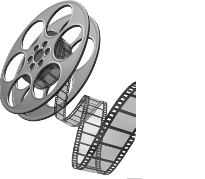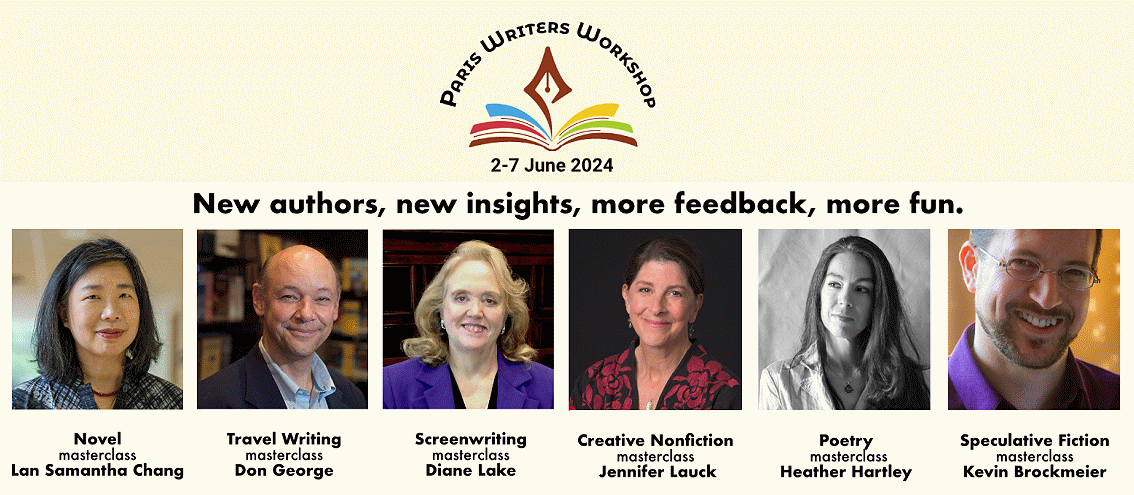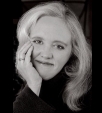
From Idea to Script to Sale





Before I get to today’s blog…
Thinking about doing more with your writing? Why not join me in Paris June 2-7 for my Masterclass in Screenwriting? Come be part of a dynamic community of writers and literary agents to learn, to write, to network, to energize your literary goals—and just to have fun in the City of Light!
The Paris Writers Workshop is the longest running literary program of its kind. This program offers 6 masterclasses by renowned authors, each a specialist in their field—and I’ll be teaching the Screenwriting Masterclass—in English, of course.
The workshop will be held at Columbia University’s beautiful Reid Hall campus in the heart of literary Paris—Montparnasse.
Registration is now open: https://wice-paris.org/paris-writers- workshop
We’ll have a great time getting your story ideas off the ground!!

True Stories 14: 00s—A Beautiful Mind
Let’s fast forward from last week’s look into the 16th century to a look at the mid- 20th century story of A Beautiful Mind [2001] by Akiva Goldsman.
This film is a fantastic achievement of blending a real story with historical events. And it’s an amazing look into the mind of its main character. I mean, think about it. A film can only show things happening and people talking, interacting. How’s it supposed to get inside a person’s mind? But that’s what this story is about, so the screenwriter had to find a way.
Take a look at a trailer for the film: https://www.youtube.com/watch?v=EajIlG_OCvw
In many ways, this film is a thriller. Textbook. But it’s also a look into the mind of its main character—which isn’t easy, because, among other things, he develops schizophrenia.
Like a lot of good biopics, this one’s based on a real biography. This tends to make the screenwriter’s research part of his/her job much easier. In most cases, biographers spend years and years tracking down all the details of a person’s life. They visit libraries that hold the papers of the person—letters, diaries, photographs, family albums, writings, etc.,, etc.—and examine them to develop a clear picture of who the person really was. This, of course, allows them to tell the story of that person much more effectively on film because the research has pretty much been done for them.
But writing a good biopic just begins with the research. You have to find a way to inhabit your main character. Knowing all the historical details about him/her is great, but—more importantly—you need to get inside that person on an emotional level.
Oftentimes that means writing about that famous person long before they become famous. What was their upbringing like? Imagine them at various ages—12, 16, 23, etc.—and imagine what they were doing and who they were doing it with! How did they become famous? How did they achieve the great things they’ve become known for? Who was a part of their life who helped—or hindered—them from achieving their goals?
One of the beautiful things about A Beautiful Life is the breadth of its story, following John Nash’s life from his college years until his eventual win of the Nobel Prize. Decades.
And add to the engaging story of the trials and tribulations that made up Nash’s life, the love story of his courtship and marriage to a former student, and you have a rich, textured film that truly takes your breath away. It’s also one of those films you don’t want to say too much about plot-wise so that the film has a chance to surprise the viewer.
So if you haven’t seen it, go for it—and be prepared to be surprised!
Next week, it’s on to another fabulous film, Almost Famous.
Copyright © Diane Lake
11Sep22